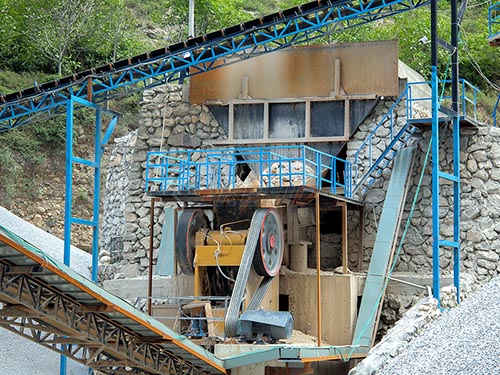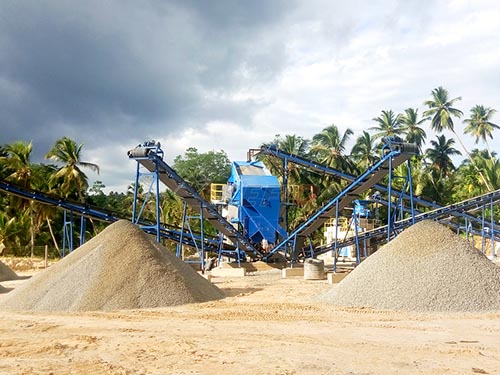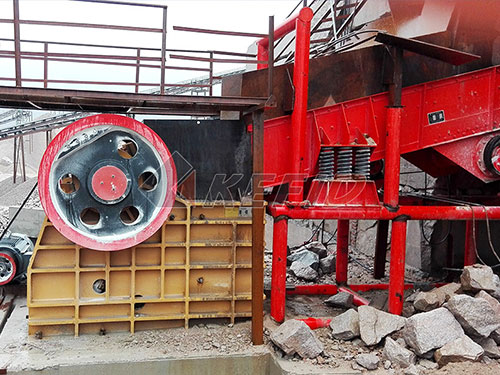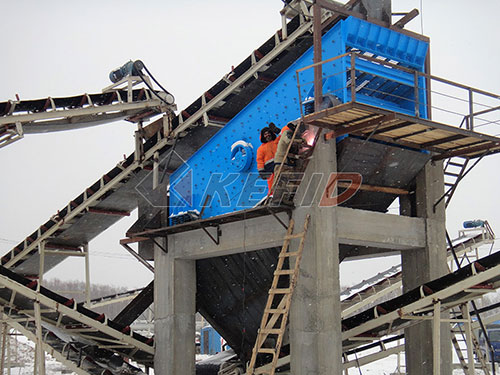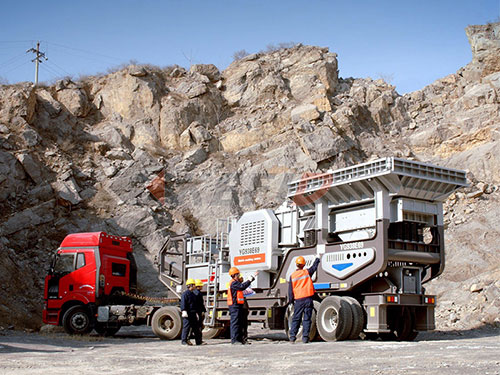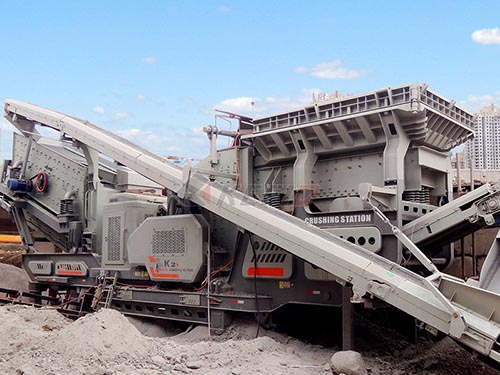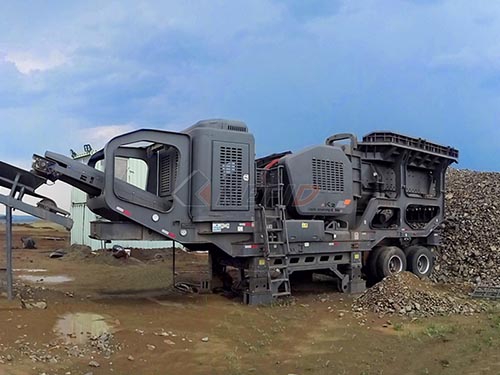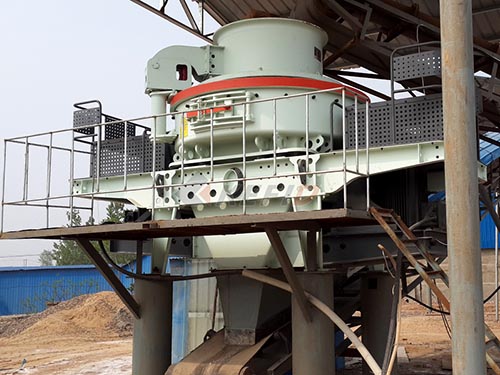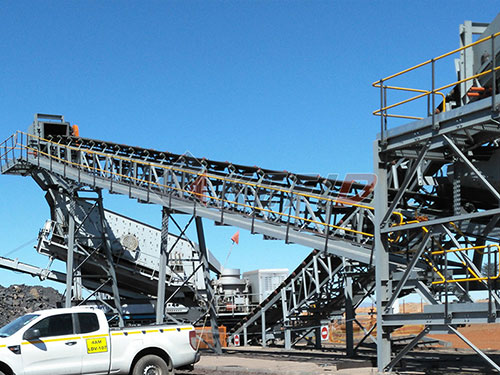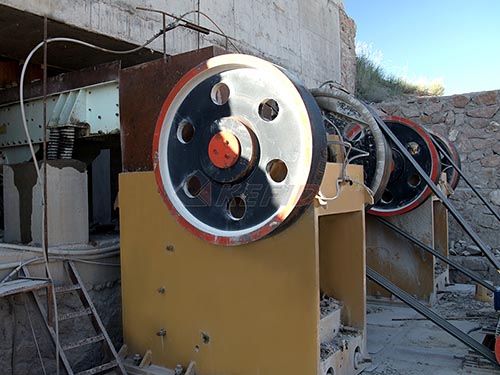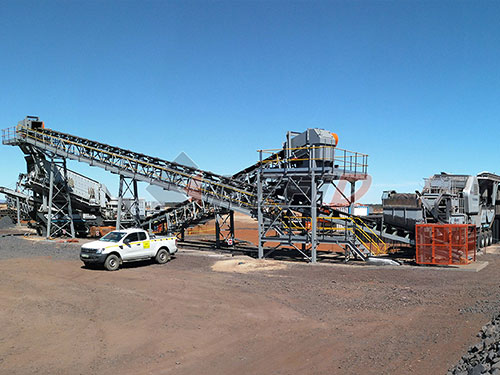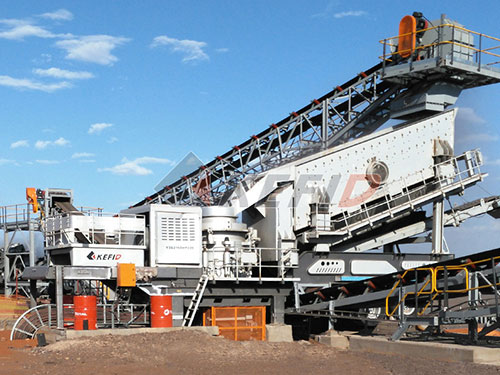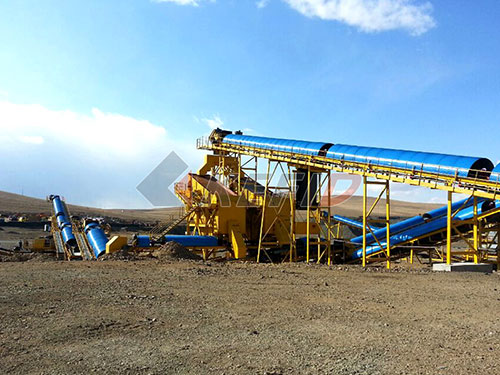The Critical Component & Market Realities: Cone Crusher Eccentric Bushing Pricing Dynamics in Serbia
The relentless drive for mineral extraction and aggregate production forms the bedrock of Serbia’s industrial and infrastructure development. At the heart of processing vast quantities of rock efficiently stand cone crushers – sophisticated machines designed for secondary and tertiary crushing stages. Within these complex assemblies lies an unassuming yet absolutely critical component: the eccentric bushing. This precision-machined bronze sleeve is the linchpin translating rotational motion into the gyratory action essential for crushing rock. Understanding its function, wear characteristics, replacement cycles, and crucially, list price dynamics within the Serbian market, is vital for quarry operators, mining companies, and aggregate producers aiming to optimize operational efficiency and control maintenance budgets.
I. Deconstructing the Role: Why the Eccentric Bushing is Indispensable
Before delving into prices, comprehending why this part matters is paramount:
1. Motion Translation: The cone crusher’s crushing action relies on the mantle gyrating within the concave bowl liner. This gyratory motion isn’t generated directly by rotation but by an eccentric assembly.
2. The Eccentric Assembly: This consists of:

Eccentric: A forged steel component with an offset inner bore.
Eccentric Bushing: A large bronze (typically leaded tin bronze like C93700 or C93800) sleeve pressed into this offset bore.
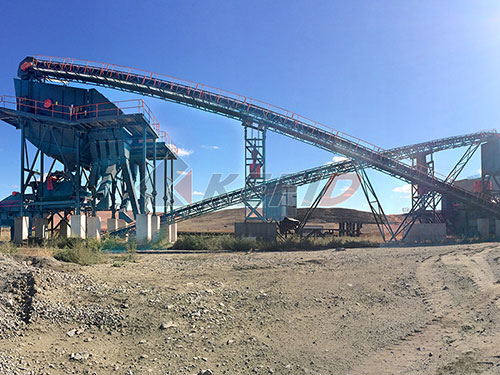
Main Shaft: Passes through the eccentric bushing’s inner diameter.
3. The Mechanism: As the countershaft rotates via belts/motor drive, it turns a pinion gear meshed with a large gear on the eccentric assembly’s exterior. This rotation forces the entire eccentric assembly to rotate around its axis.
4. Creating Gyration: Because the main shaft passes through the offset bore of the eccentric (lined by the bushing), this rotation causes the main shaft itself – and consequently the mantle attached to it – to gyrate in a small circular path relative to the stationary concave liners below.
5. Bearing Function: The eccentric bushing acts as a giant plain bearing between the rotating eccentric assembly’s inner bore and the stationary main shaft passing through it (the shaft doesn’t rotate; it only gyrates). It must withstand immense radial loads generated during crushing while facilitating smooth motion with minimal friction.
Failure Consequences: Wear or failure


